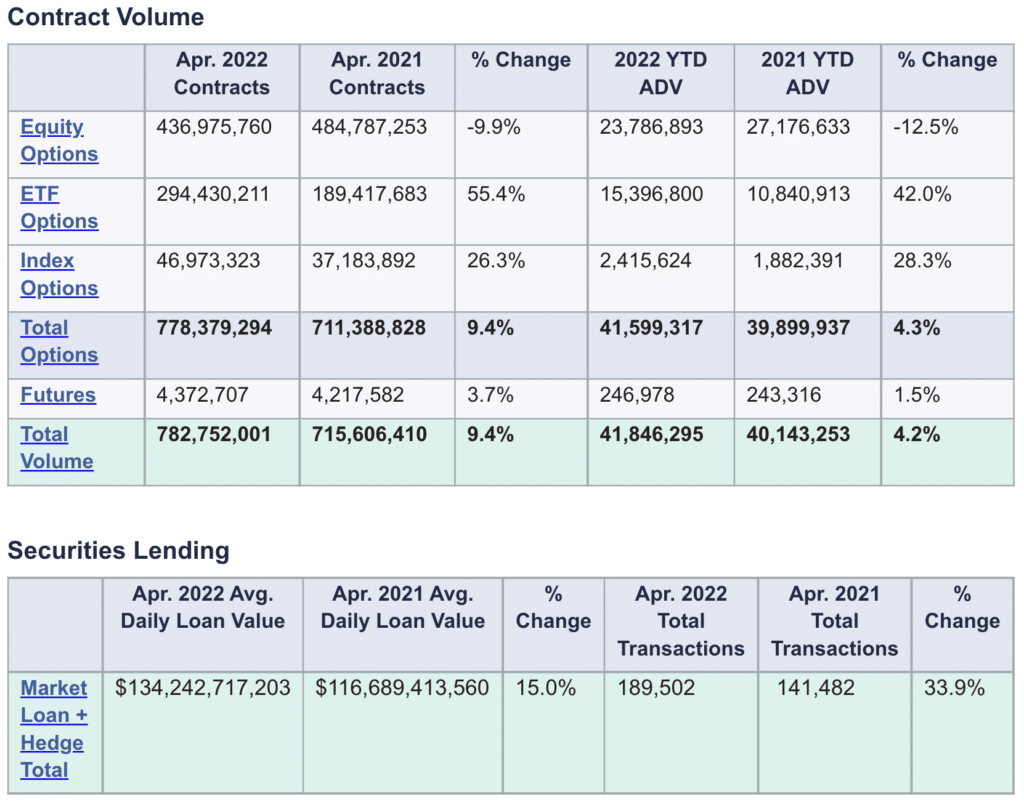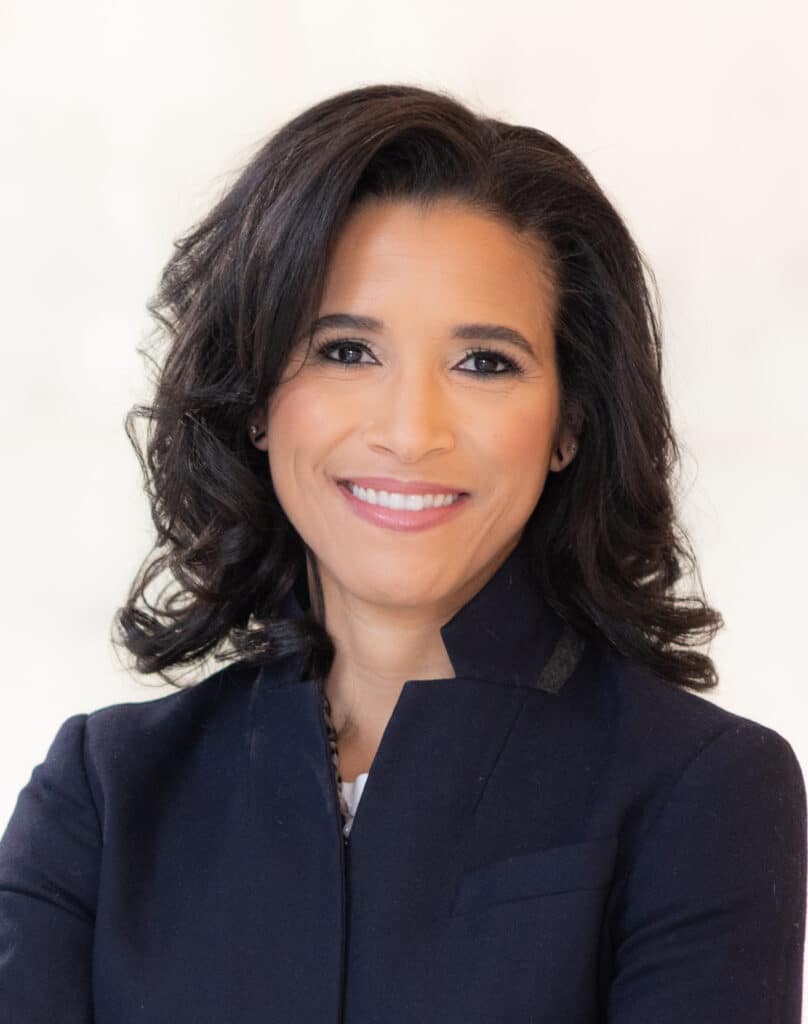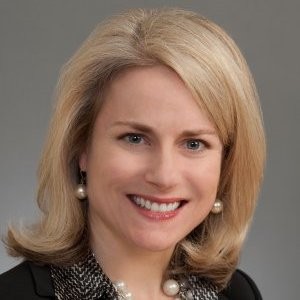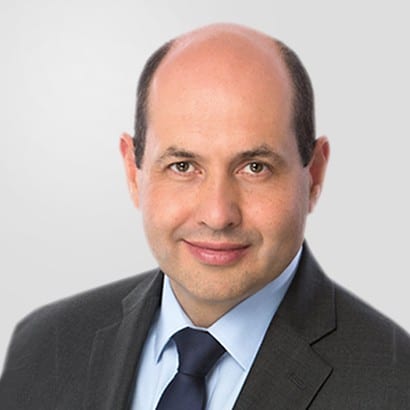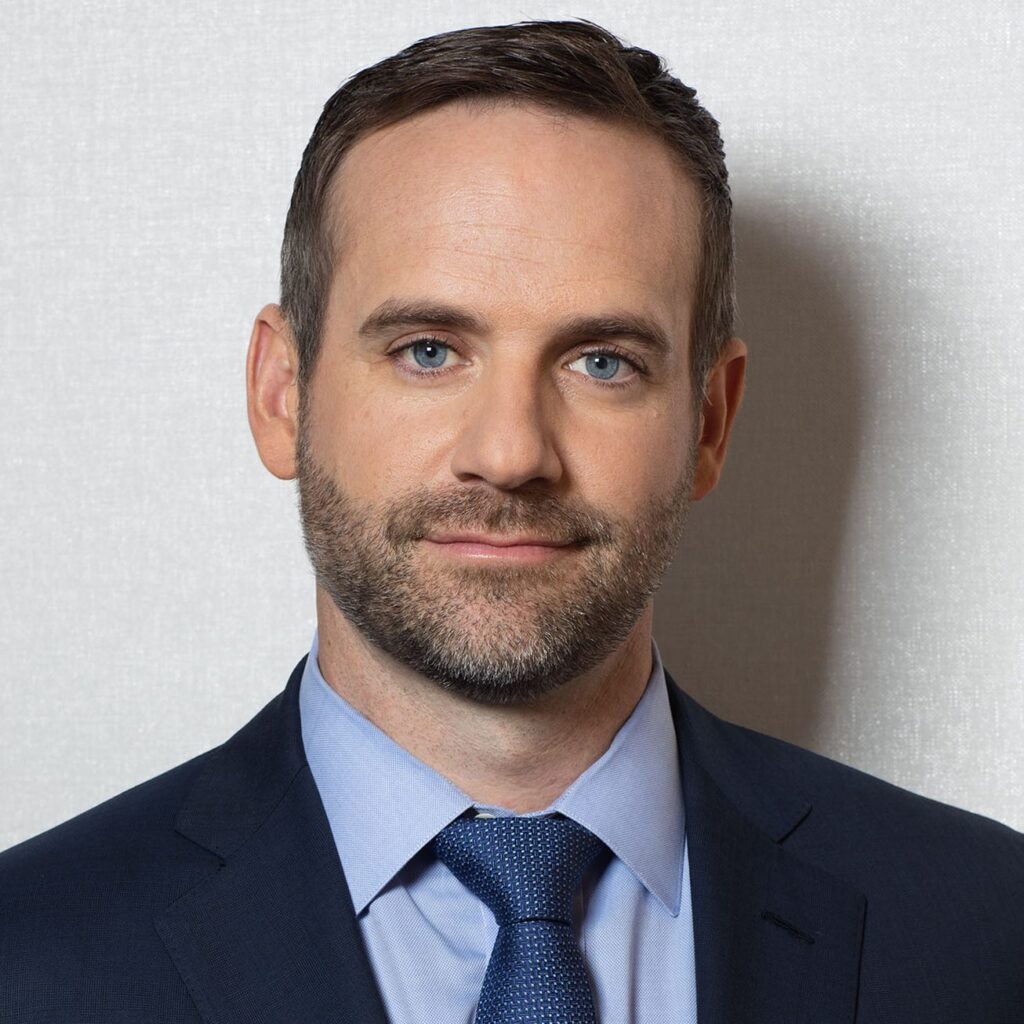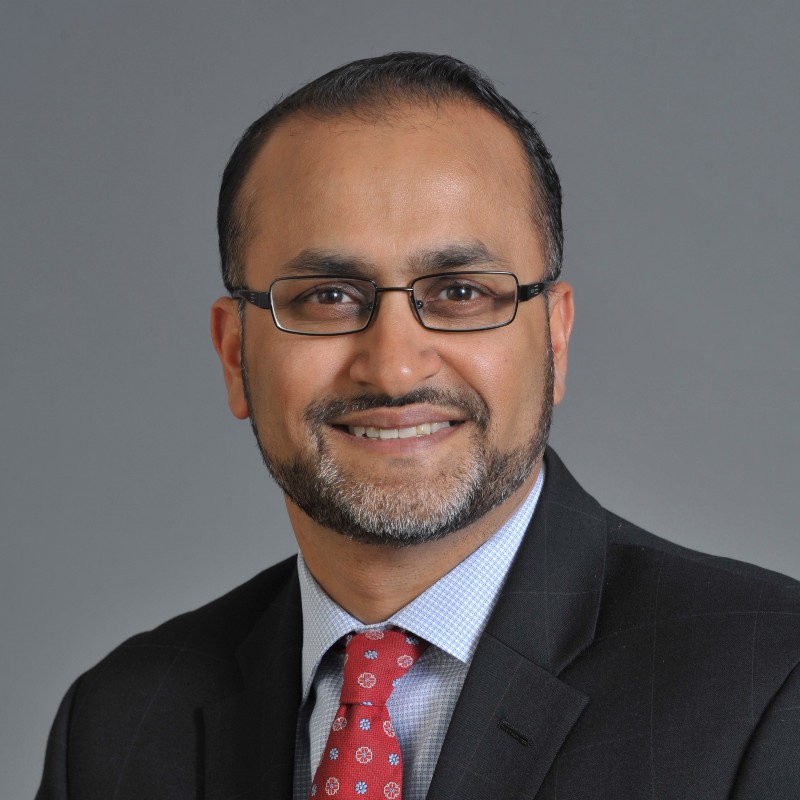New fintech innovations like distributed ledger technology (DLT), and the growth of cryptocurrencies are becoming increasingly interconnected with other parts of the financial ecosystem, according to the DTCC.
In its latest white paper, The Depository Trust & Clearing Corporation (DTCC) has highlighted key risks that deserve close attention as firms navigate a global financial industry that is increasingly intertwined.
The nature of risk continues to evolve and black swan events occur with greater frequency, the DTCC said.
The white paper, Interconnectedness Revisited, details a key set of significant recent developments that require heightened scrutiny among risk managers.
In addition to new fintech innovations, these developments include greater cross-border financial exposures that make countries that rely heavily on foreign capital more vulnerable to systemic shocks; the industry’s increased reliance on third-party vendors and the rise in the volume and sophistication of cyberattacks exacerbates operational risk challenges; and the growing importance of Non-Bank Financial Intermediation (NBFI) that represents yet another channel of risk transmission.
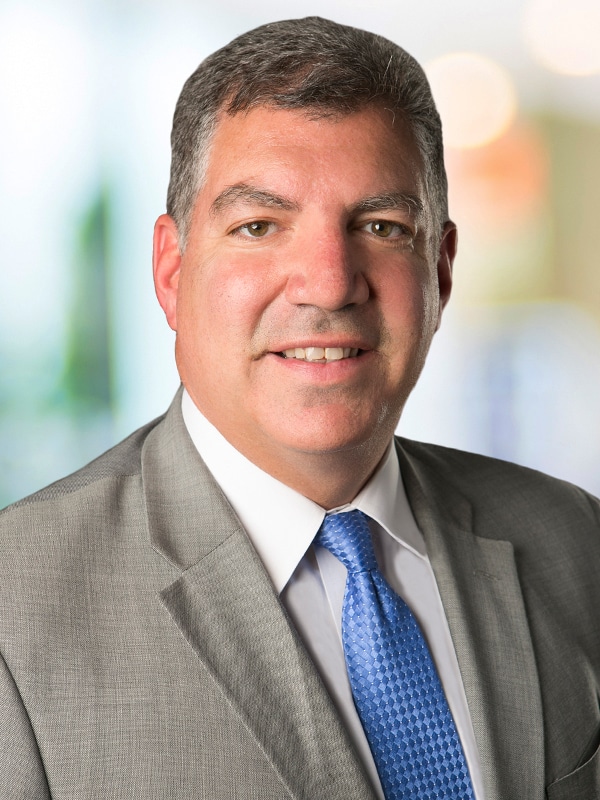
Michael Leibrock, DTCC Managing Director and Chief Systemic Risk Officer, said that an interconnected ecosystem is both beneficial and challenging.
“While interconnections can provide firms operational efficiencies and other benefits, it’s important to recognize that they may also pose certain risks. Given the increasing complexity of the global financial system, it is more crucial than ever that firms continue to evolve their approach to managing risk, ensuring they’re taking a holistic, comprehensive view of all the relevant factors,” he said.
The paper also notes that Financial Market Infrastructures (FMIs) face their own set of unique risk management challenges, especially given that they are interconnected with the financial ecosystem in various ways.
To reduce these risks, DTCC has taken initiatives including: implementing agreements between DTCC’s clearing agencies and other FMIs to reduce the risk associated with a common member’s insolvency; establishing a cross-functional initiative to address risks related to interconnected entities; and developing a comprehensive framework to identify, monitor and manage risks posed by links between clearing agencies, financial market utilities or trading venues.
“Staying on top of emerging threats requires constant vigilance,” commented Adrien Vanderlinden, DTCC Systemic Risk Executive.
“Firms should adopt a multi-disciplinary approach that leverages insights from a diverse group of subject matter experts while ensuring close coordination between stakeholders. In support of this, we invite clients, market participants, and members of the industry to share comments and feedback with us to foster collaboration and information sharing, which are critical in a complex risk environment,” he added.
The new paper builds on DTCC’s 2015 whitepaper, Understanding Interconnectedness Risks.
In that paper, DTCC identified the need for risk managers to view the global financial system as a complex network of interdependent factors, while noting that the failure of a single, large entity could cause worldwide financial instability.





